The phenomenon of demographic ageing increased in Romania, with the elderly population of 65 years old and over exceeding the young population of 0-14 years by 471,000 on 31 July 2019 compared to 31 July 2018, according to the data published on Tuesday by the National Institute of Statistics (INS).
"The phenomenon of demographic ageing has increased, the elderly population of 65 years old and over exceeding the young population of 0-14 years with 471 thousand persons (3702 thousand besides 3231 thousand persons). (...) The process of demographic aging has aggravated compared with 1 July, 2018, with a slight decrease in the share of young people (0-14 years) and at the same time an increase (of 0.3 percentage points) in the share of the elderly (65 years and over)," the quoted source informs.
The demographic ageing index increased from 112.1 (on 1 July 2018) to 114.6 elderly persons per 100 young persons (on 1 July 2019).
The average age of the population was 41.7 years, with 0.3 years higher than the one on 1 July 2018. The median age was 41.7 years, 0.3 years more as against 1 July 2018.
On 1 July 2019, the permanent resident population was 22.155 million persons, declining by 0.1 percent against 1 July 2018.
Urban and female population are in majority (56.4 percent, 51.2 percent, respectively).
On 1 July 2019, the permanent resident urban population was 12.499 million persons, slightly decreasing against 1 July 2018 (0.06 percent). The female population stood at 11.333 million persons, decreasing by 0.1 percent compared to the same date of last year.
The largest share of the total population belongs to the 40-44 age group (8.6 percent). With regard to the male population, the share of the age group was 9 percent and on female population it was 8.2 percent.
The share of the 0-4 age group was 4.6 percent, smaller than the 5-9 age group (4.8 percent) and 10-14 age group (5.2 percent).
Data on permanent resident population on 1 July 2019 will be available up to locality level (municipality, town and village), in the TEMPO online database and can be downloaded starting 14 November 2019, the INS mentions.
Permanent resident population represents the number of persons with Romanian citizenship and domicile on the territory of Romania, determined according to administrative-territorial criteria. Permanent resident population
represents de jure population and can include emigrants as well and shouldn't be mistaken with resident population, the INS underscores.
Romania's demographic ageing phenomenon increases
Explorează subiectul
Articole Similare

9
UMF Carol Davila: 3,881 graduates to sit Residency Entrance Exam at Romexpo on Sunday
9

11
Daniel Baluta submits candidacy for Bucharest mayor: "I am running for the people"
11
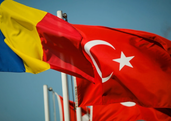
12
Enhanced security in the Black Sea region, strategic priority for Romania and Turkey (MAI)
12

12
IMF report confirms that our reform package is credible for partners (FinMin Nazare)
12
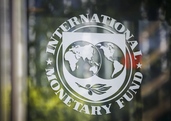
13
IMF requests from Romania right policy mix, ambitious structural reforms to restore fiscal sustainability
13

17
Russian ambassador summoned to Ministry of Foreign Affairs over drone that entered Romania's airspace on November 10
17

12
Canonisation of Holy Venerable Confessor Arsenie of Prislop to be locally proclaimed on Nov 28
12

21
All aboard the Euro-train: EU accelerates development of high-speed train network
21

11
EcoMin Miruta: Electronic ID card is very useful and should be integrated with more entities
11

8
My expectation is fuel prices to return to normal in very short period of time (competion watchdog's head Chiritoiu)
8

8
We monitor the egg market for price gouging (trade competition chief)
8

8
EcoMin Miruta says the Ministry is to have a tech team for state's digitalization architecture
8

9
Postage issue to celebrate 50th birthday of athletics great Gabriela Szabo
9









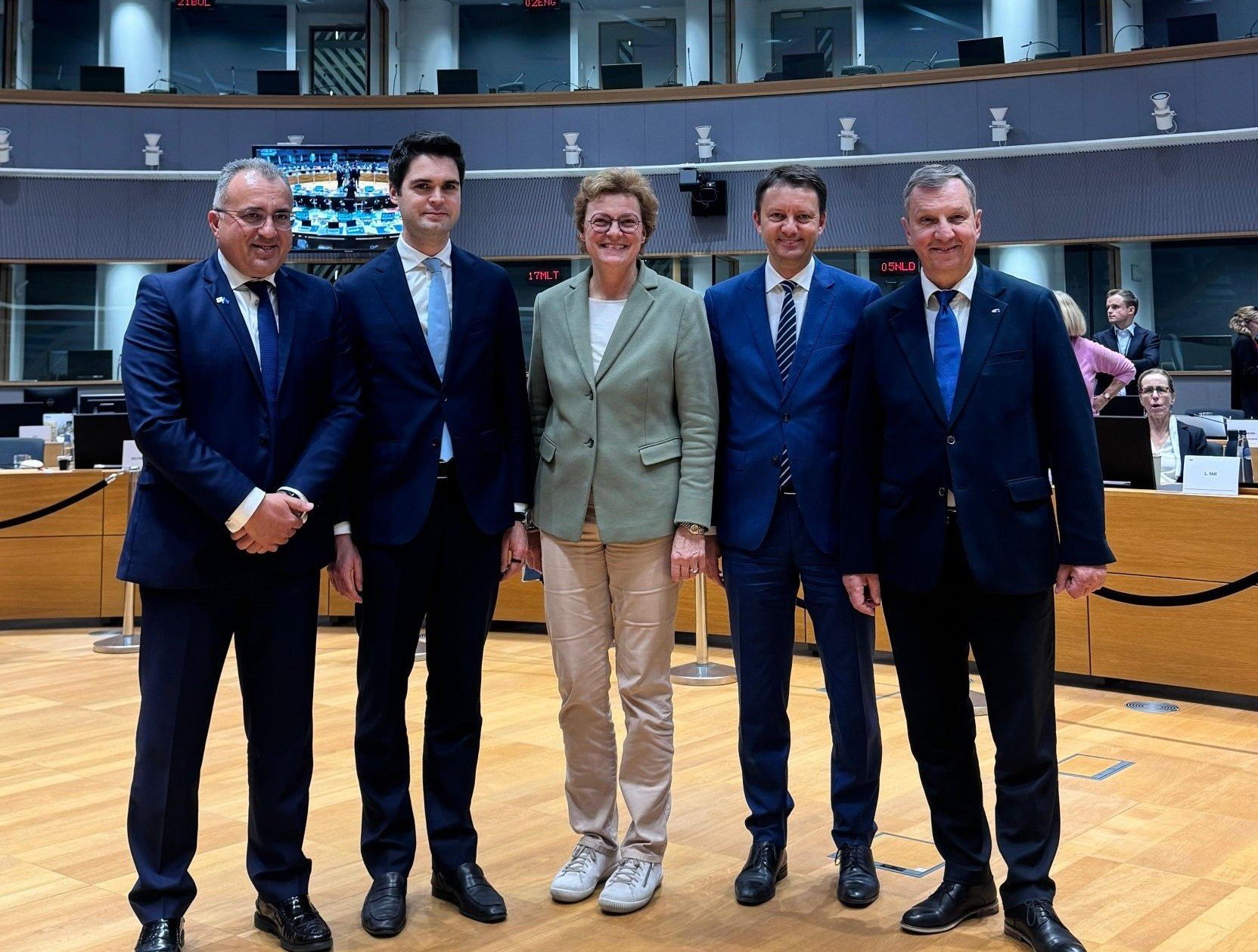
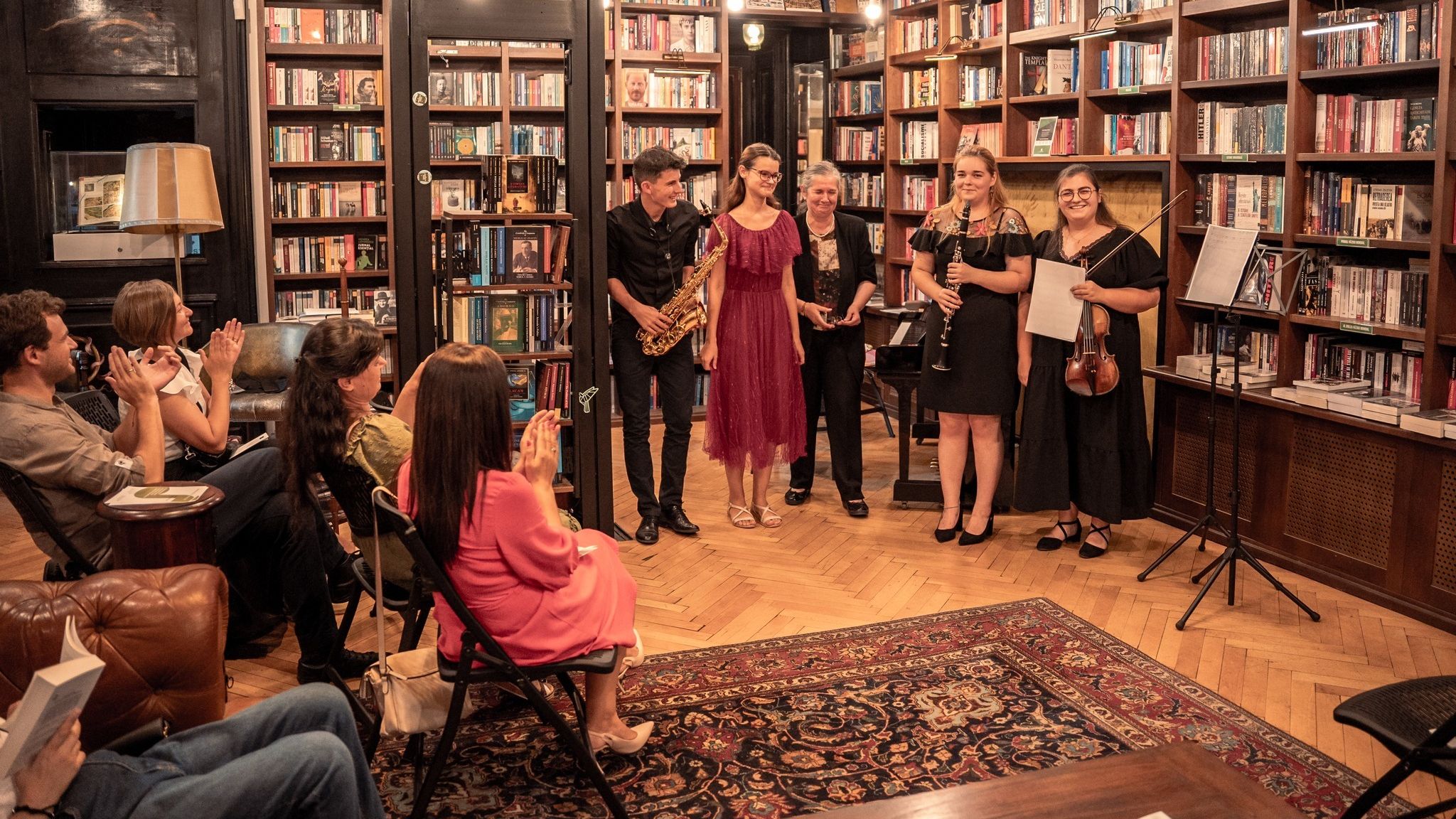






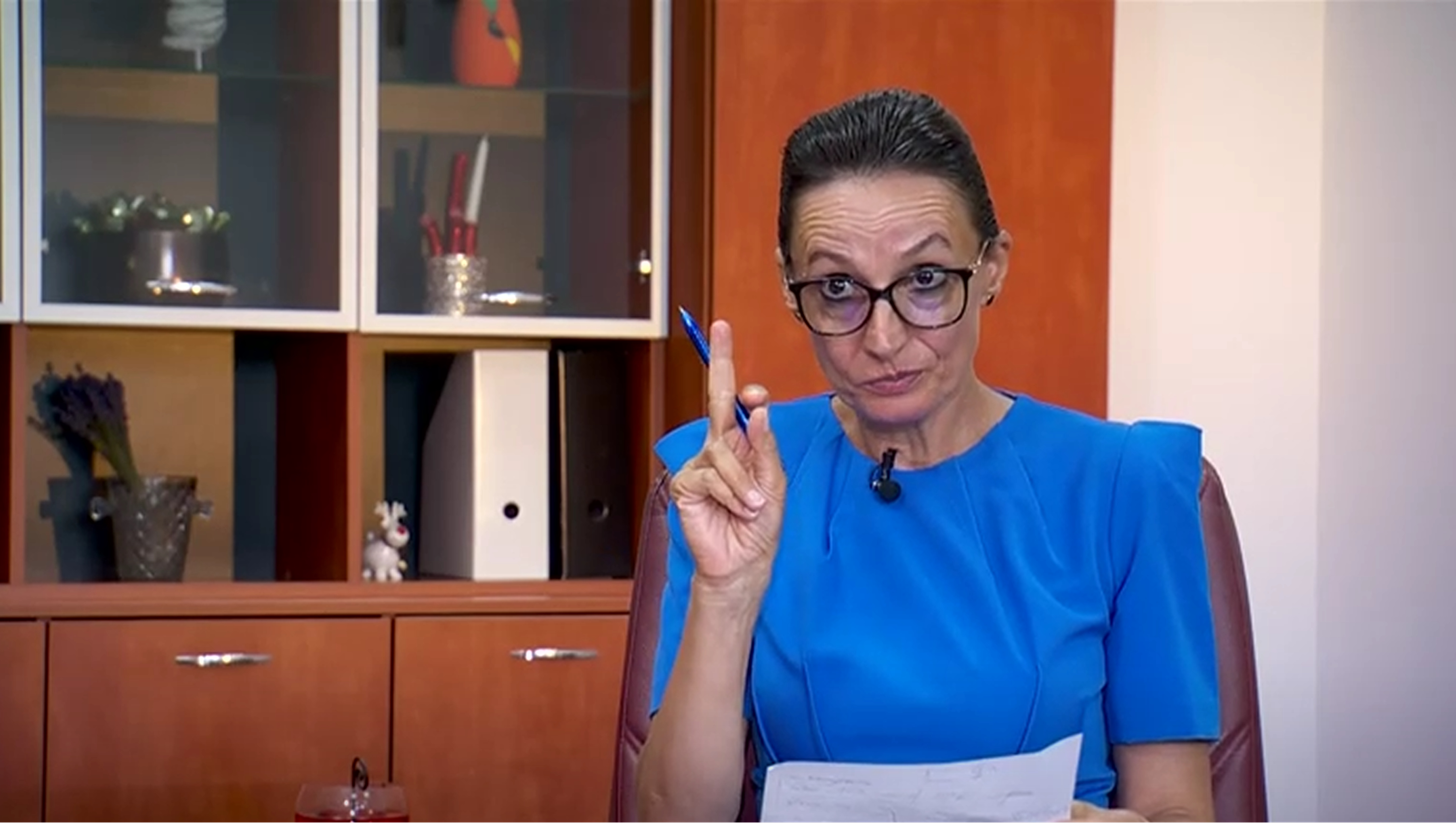


Comentează